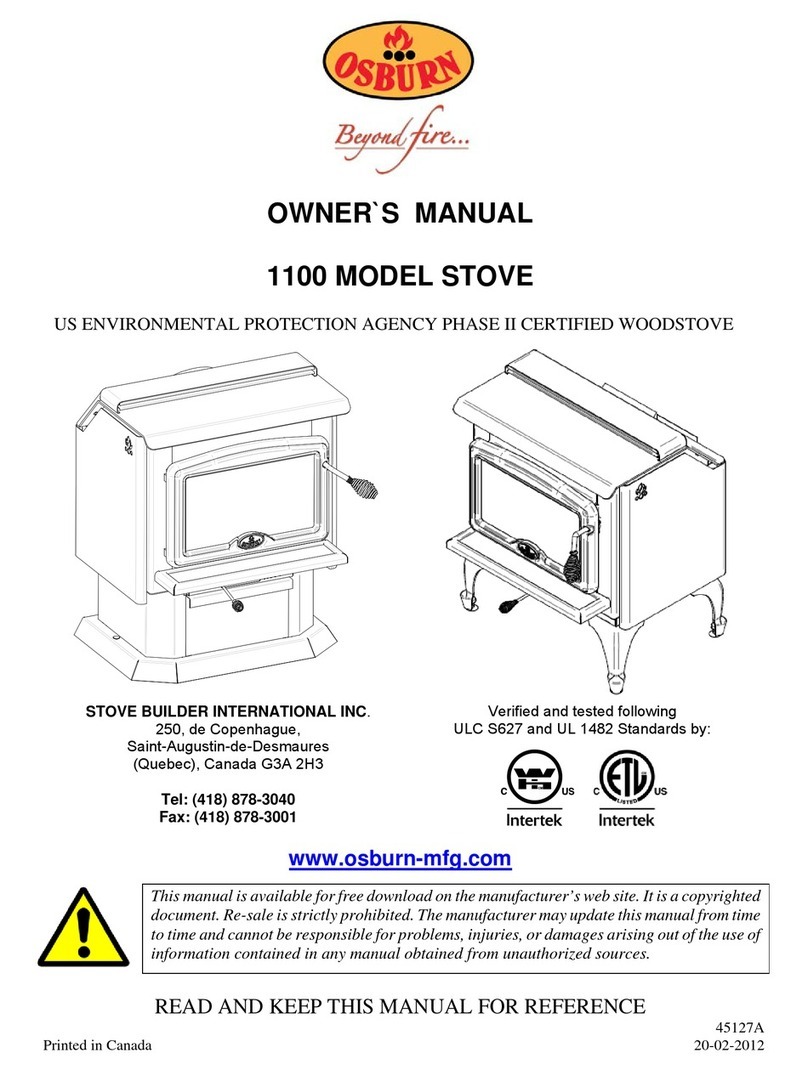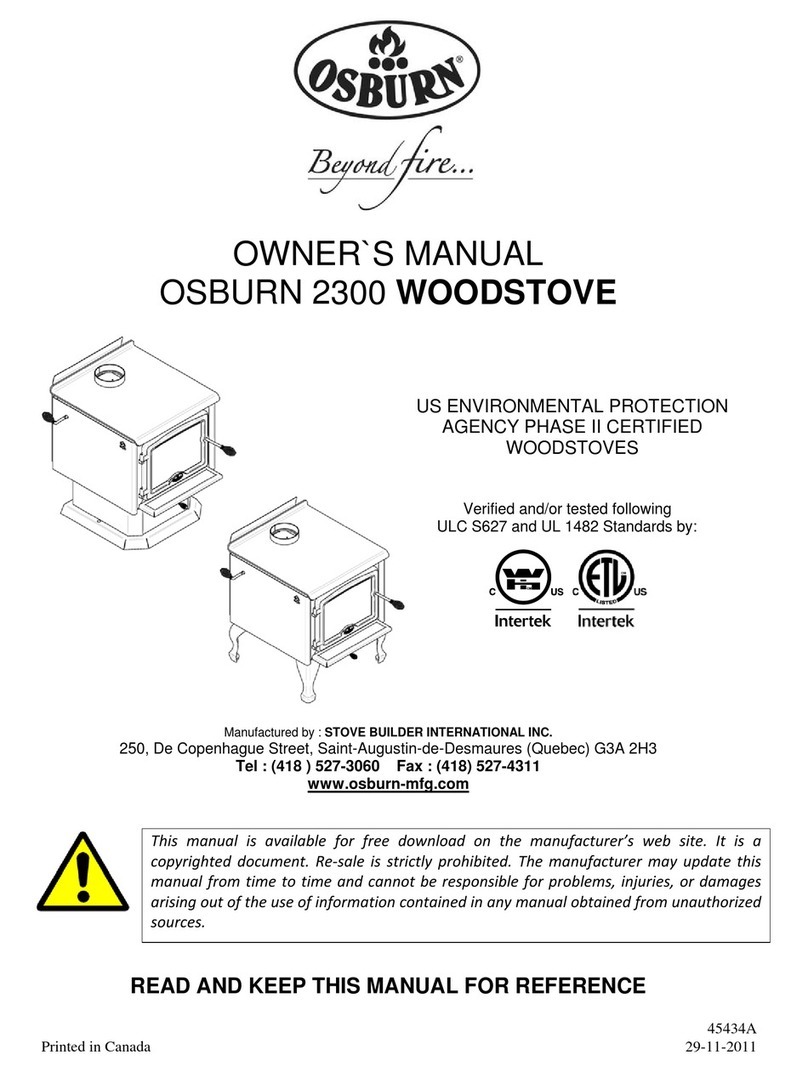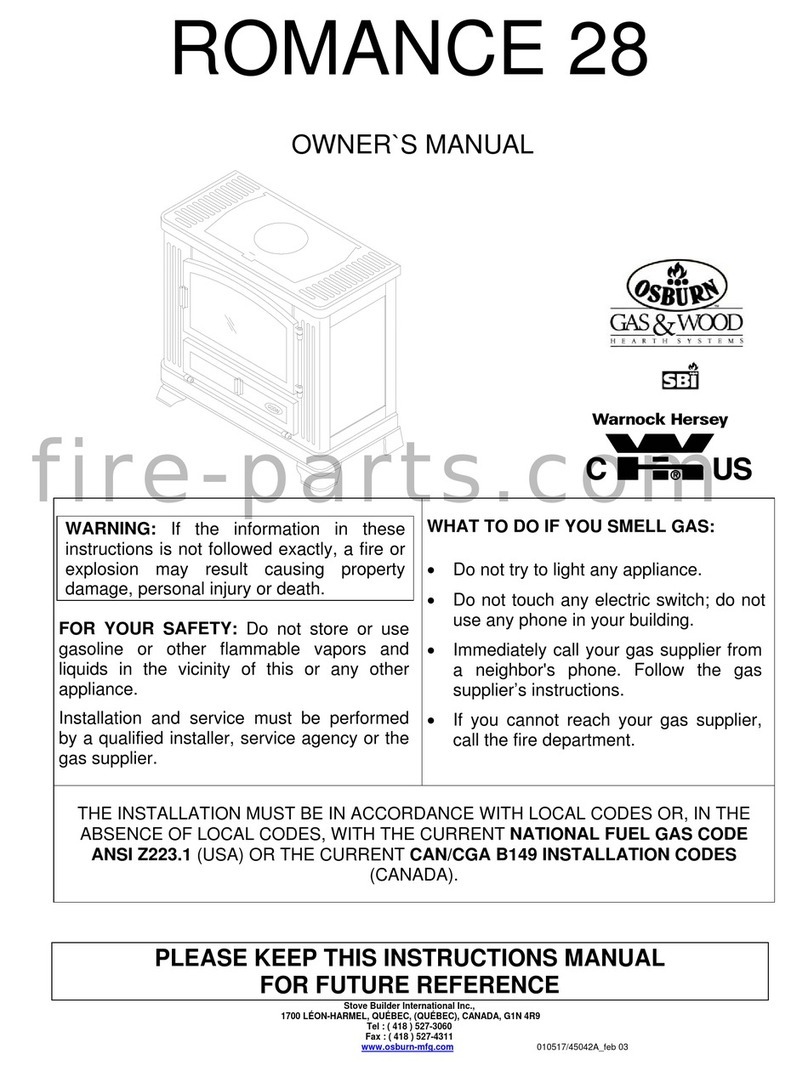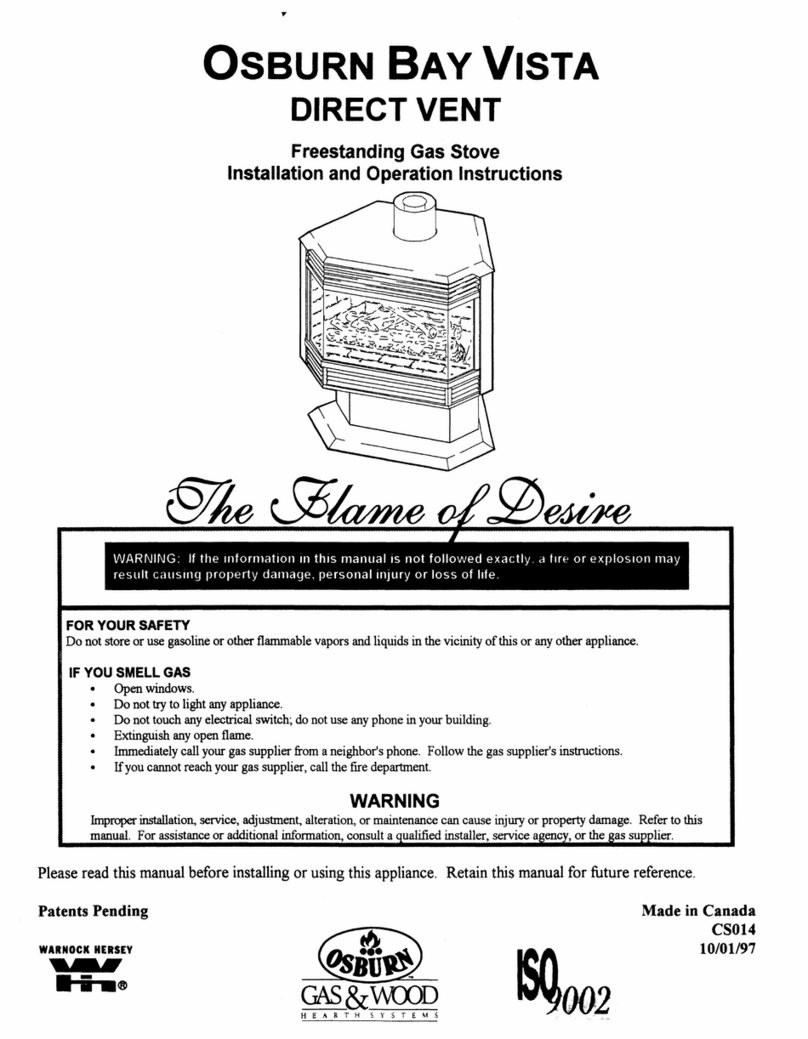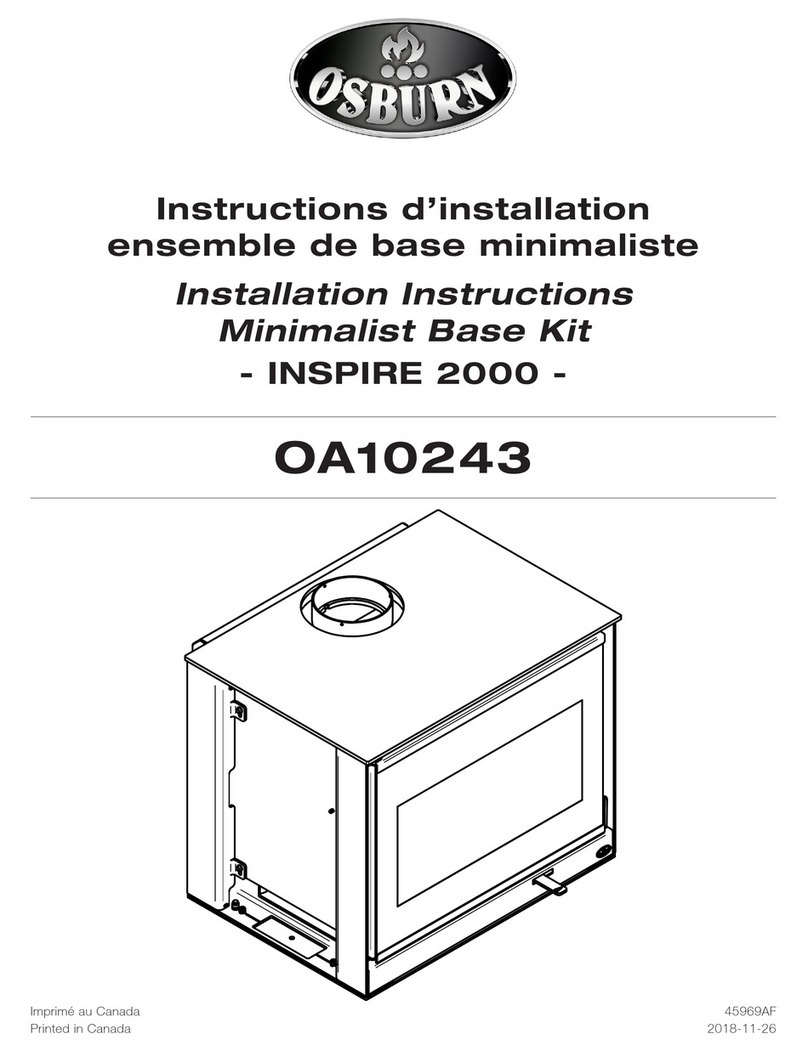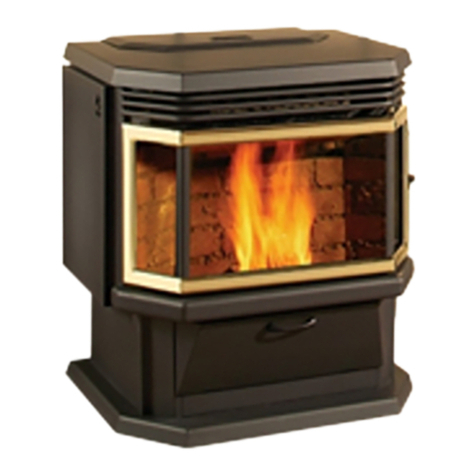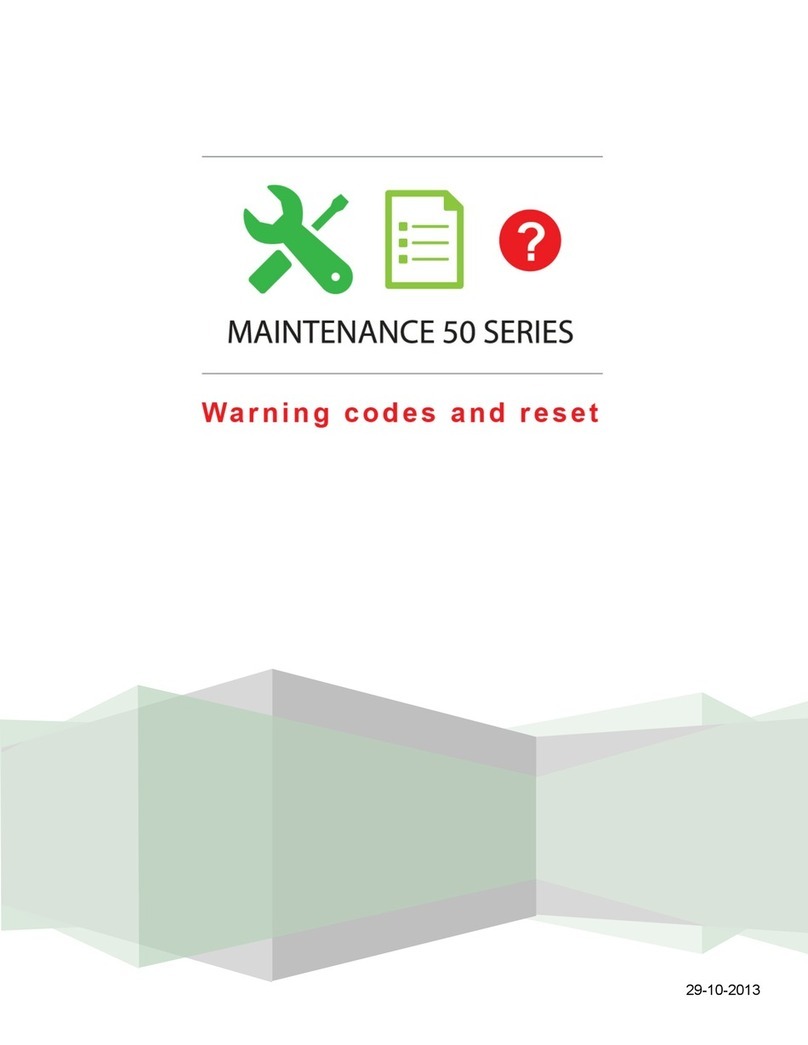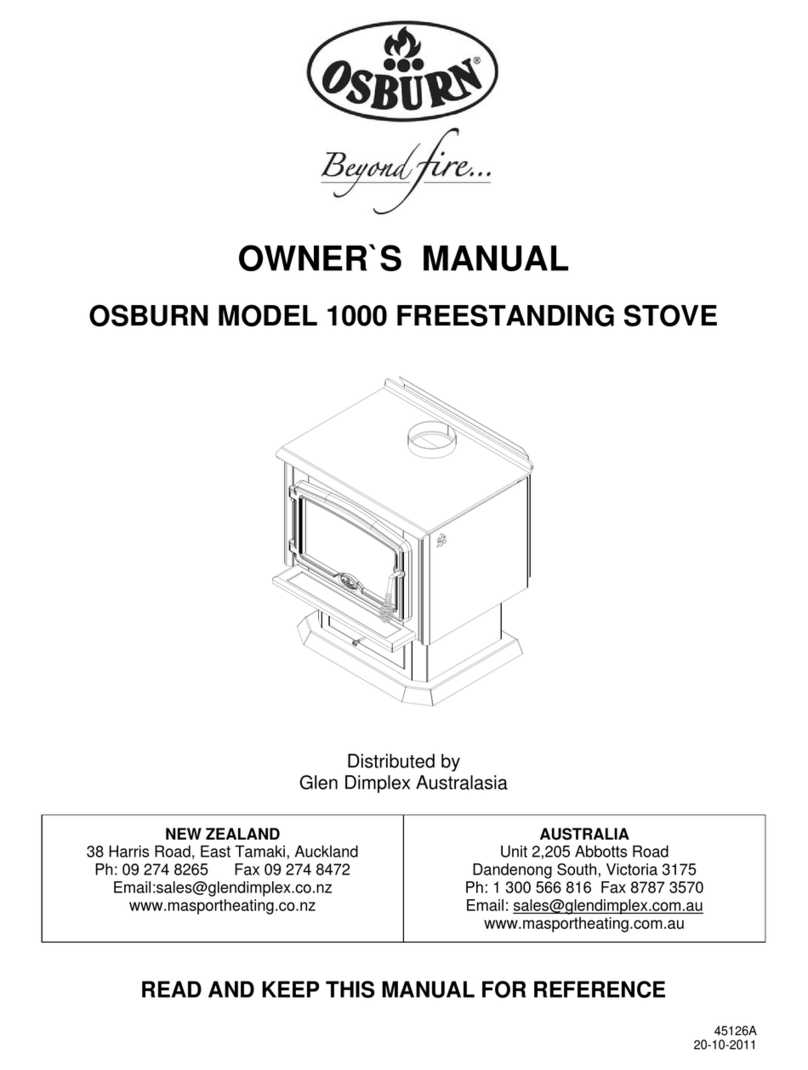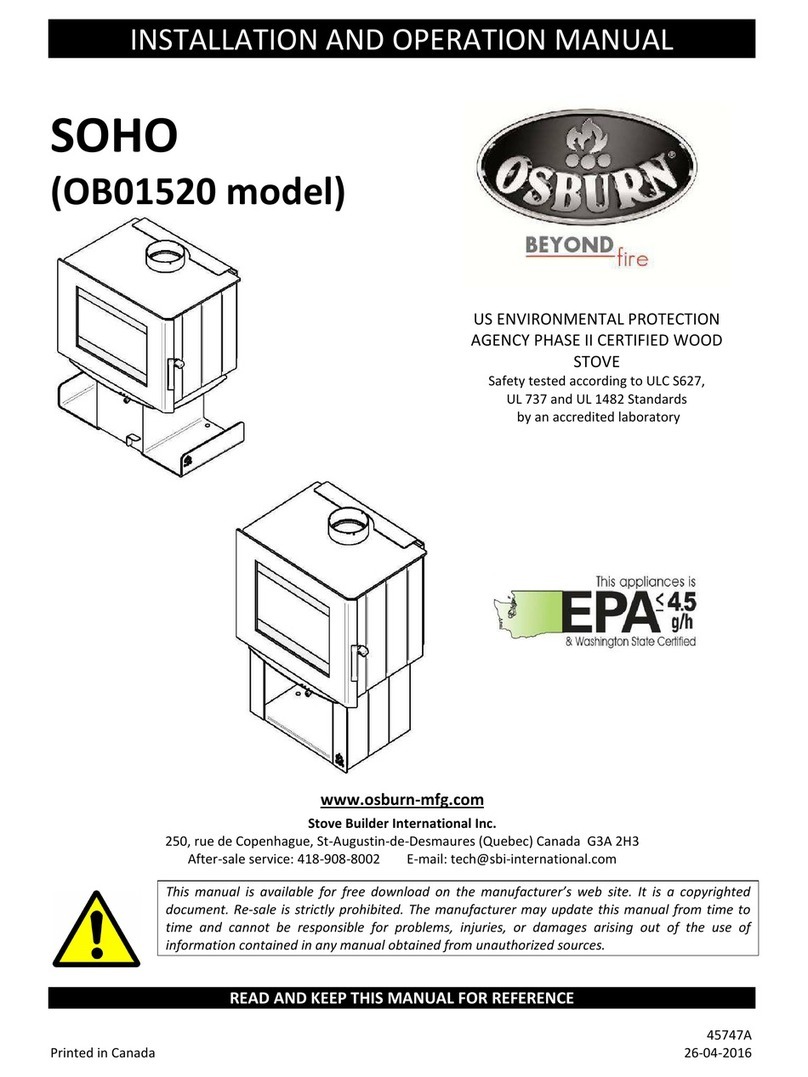
TABLE OF CONTENTS
1.0 INTRODUCTION...............................................................................................................................................1
1.1 SPECIFICATIONS ..............................................................................................................................................1
1.2 FEATURES........................................................................................................................................................3
1.3 INTENDED USE ................................................................................................................................................3
1.4 GENERAL SAFETY ...........................................................................................................................................3
2.0 OPERATION ......................................................................................................................................................4
2.1 OPERATION SAFETY........................................................................................................................................4
2.2 LIGHTING INSTRUCTIONS................................................................................................................................5
2.3 HEAT OUTPUT ADJUSTMENT ..........................................................................................................................6
3.0 INSTALLATION................................................................................................................................................7
3.1 INSTALLATION & SAFETY NOTES ...................................................................................................................7
3.2 UNPACKING.....................................................................................................................................................7
3.3 INSTALLATION.................................................................................................................................................7
3.3.1 BEDROOM INSTALLATION...........................................................................................................................7
3.3.2 MINIMUM CLEARANCES TO COMBUSTIBLE CONSTRUCTION.....................................................................7
3.3.3 CHIMNEY VENT INSTALLATION..................................................................................................................8
3.3.3.1 DIRECT VENT ..............................................................................................................................................8
3.3.3.2 OPTIONAL B-VENT INSTALLATION...........................................................................................................13
3.3.4 GAS LINE INSTALLATION..........................................................................................................................13
3.3.5 THERMOSTAT, WALL SWITCH, OR REMOTE CONTROL INSTALLATION...................................................14
3.3.6 FIREBOX COMPONENT INSTALLATION......................................................................................................16
3.3.6.1 OPTIONAL EMBER INSTALLATION ............................................................................................................16
3.3.7 INITIAL FIRING..........................................................................................................................................17
3.3.7.1 MANIFOLD PRESSURE REGULATOR ADJUSTMENT ...................................................................................17
3.3.7.2 PILOT FLAME ADJUSTMENT......................................................................................................................17
3.3.7.3 ALTITUDE ADJUSTMENT...........................................................................................................................17
3.4 MANIFACTURED (MOBILE) HOME INSTALLATION ........................................................................................19
3.5 FIELD CONVERSIONS.....................................................................................................................................20
4.0 MAINTENANCE..............................................................................................................................................20
4.1 MAINTENANCE SAFETY.................................................................................................................................20
4.2 RECOMMENDED SERVICE..............................................................................................................................20
4.3 GLASS CLEANING..........................................................................................................................................20
4.4 BURNER & PILOT CLEANING ........................................................................................................................20
4.5 FIREBOX DISASSEMBLY & REASSEMBLY......................................................................................................21
4.6 FAN................................................................................................................................................................22
5.0 TROUBLE SHOOTING ...................................................................................................................................23
OSBURN LIMITED LIFETIME WARRANTY ...........................................................................................................24

